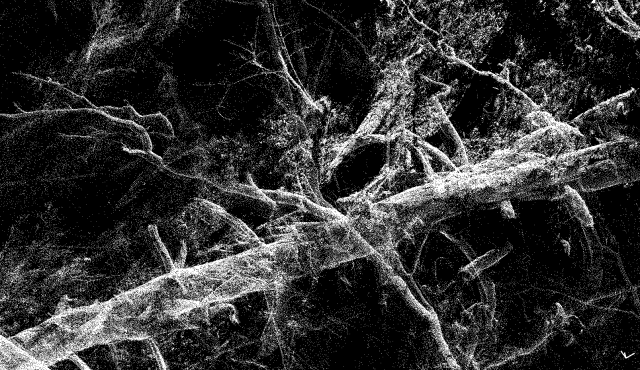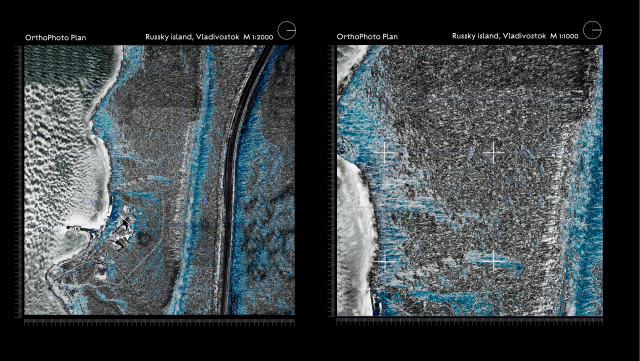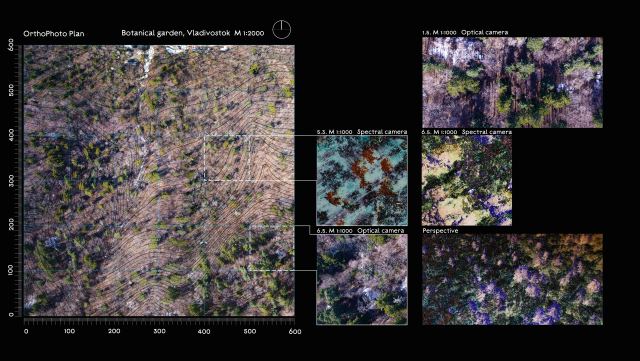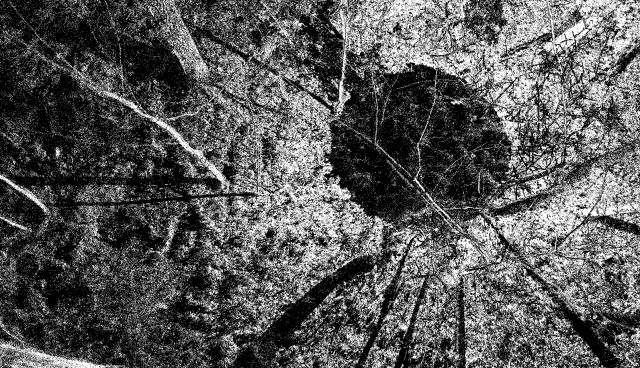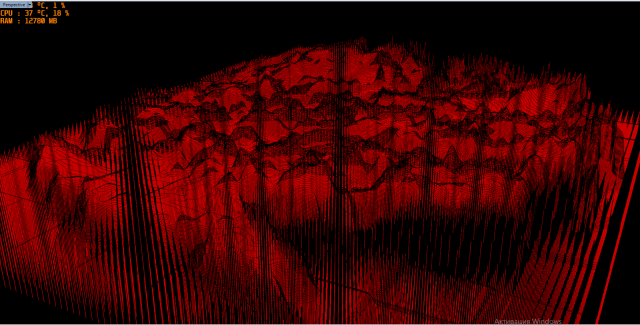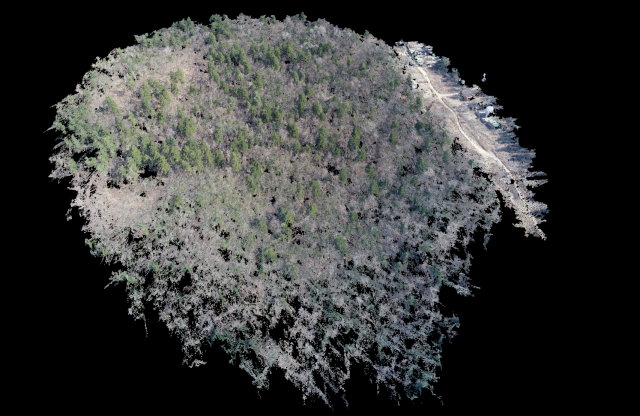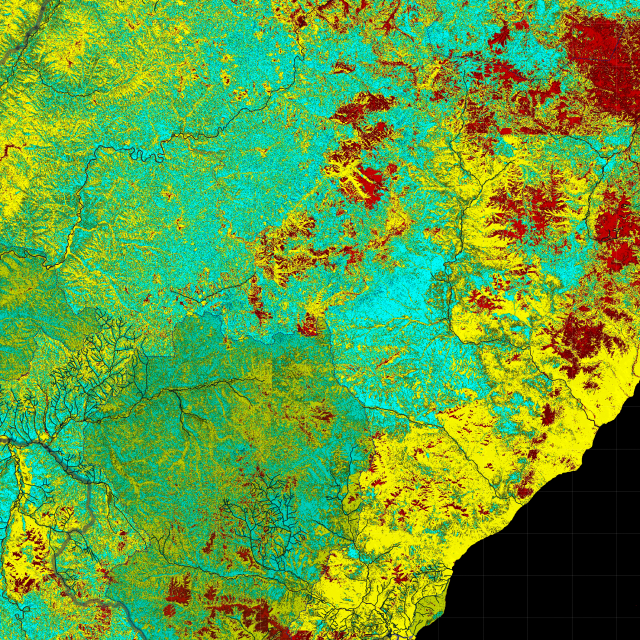The Policy of Reforestation
concept_presentation.pdf
e.a.e.pdf
ALTERNATIVE MODEL
The project involves an analysis of the forest landscape in Primorsky Krai focused on building a plan for the coexistence of nature and the urban environment. The main objective of the project is to create a concept of political ecology, which should serve as an impetus for review of the economic and legislative policy by combining scientific practices with the democratic process, where bioethics, environmental care, and biodiversity conservation are the main policy principles. For this objective, it is necessary to help interdisciplinary representatives to synthesize scientific knowledge and modern technologies, which are required to modernize the alternative political community through an aesthetic language.
The core problem being considered in the project is land degradation and deforestation, which lead to a biodiversity crisis that affects ecosystem processes, such as soil formation, carbon dioxide processing, climate regulation. Trees, the most powerful symbols of our old ideal of Nature, currently perceived as a resource providing the utilitarian function of Urbansphere. In addition to that, the forest ecosystem has its own intrinsic value, which does not depend on the existence of anthropocentric values. The forest area of Primorsky Krai can’t keep up with the natural regeneration.
In this situation, a comprehensive approach is needed to adapt degraded areas, where society and the forest enter into symbiotic relationships that affect the centralized political apparatus for decision-making. Society, as a collective, must be included in the process of forest management and reforestation. A response to climate change, caused by anthropogenic contribution, should be focused on collective interference.
Considering all the above-mentioned reasons, the project proposes the development of a digital platform, a collective online space that is people-oriented, participatory, and focused on the art of sustainable cooperation with nature. The socio-economic values described in the project are aimed to develop a distributed version that combines the systems of the centralized and decentralized platforms, such as Ethereum. A decentralized peer-to-peer online currency maintains value without any backing, intrinsic value, or central issuer. This platform allows public agreement on the order of transactions. Ethereum concept is used to invest in a reforestation network in areas of water protection zones in Primorsky Krai, where deforestation is currently occurring.
Initially, a website will be used for stable operations of presenting a “green network” in clusters with a sustainable set of tree species, where a user can select a tree for investment, available through blockchain-enabled, open-source crypto-currencies.
Over time, the tree will accumulate biomass and process oxygen accordingly, the amount of which will also be visualized as a calculator on the site. Crypto-currency growth in this system depends on the level of recycled carbon dioxide, therefore infrastructure is granted control over an amount of capital, that is saved in the blockchain, existing outside of standard economic institutions.
The research methodology includes different mediums for the exploration of algorithmic relations. Firstly, satellite tracking was used for analyzing with NDVI index - area distribution by photo biomass density. Secondly, the major tree species forming the Ussuri taiga were captured by a programmed trajectory from an unmanned aerial vehicle, and the images were used to build a mesh for further modeling of the reforestation grid. The third scale is lidar scanning, based on the preserved area of the Ussuri taiga, which allows analyzing the life cycle of trees and their growth rates accordingly. The result of lidar scanning is a cloud of tree points.
The technology will become ecological and transforming for the environment, and form the basis for human feedback obtained from the reforestation grid. Conversely, Blockchain technology is a method of participatory practices.
The system is time-based and non-linear, and in this sense, it allows all actors to systematically estimate the impact of new attitudes and patterns of data layers, it has visual and morphological aspects, allowing all actors to visually assess the simulated structure at several scales.
CREDITS
Project by Anastasia Egorova
Led by Maria Kuptsova, Alexander Kagansky (scientific expertise)
Made in Far Eastern Federal University, –Da. Master Program in Digital Art. School of Digital Economics.
